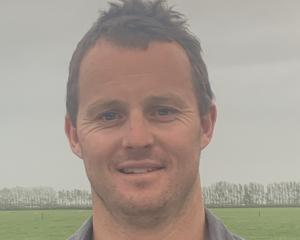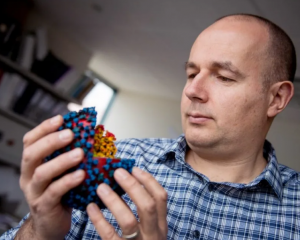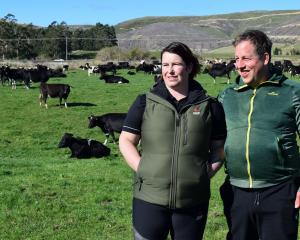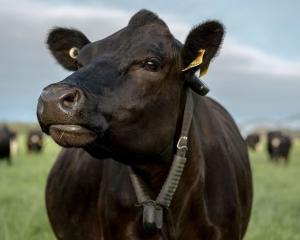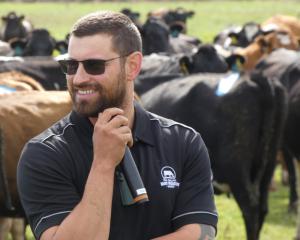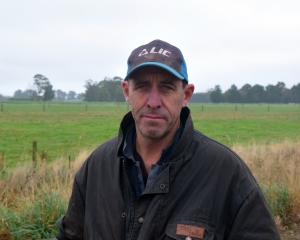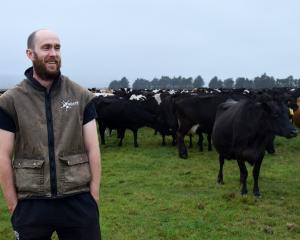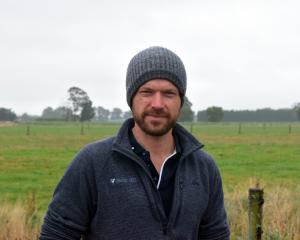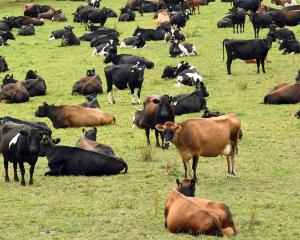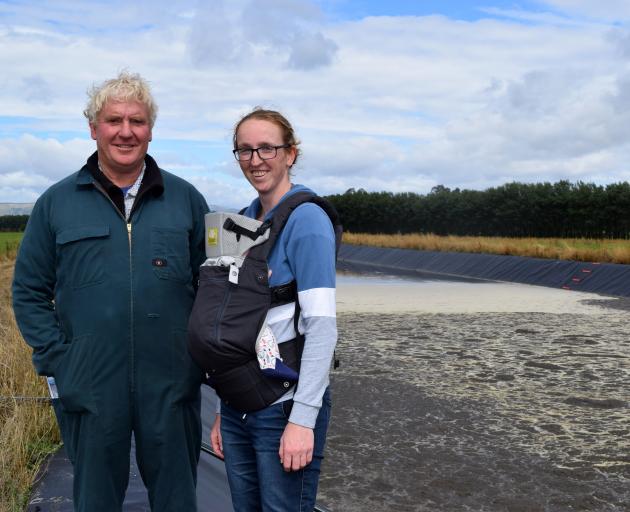
New rules for storing and applying animal effluent are coming for Otago.
To be on the front foot, dairy farmer Stewart Morrison recently spent more than $130,000 to upgrade two effluent ponds on his two farms at Inch Clutha.
Both of his ponds featured on a DairyNZ effluent tour in South Otago last week.
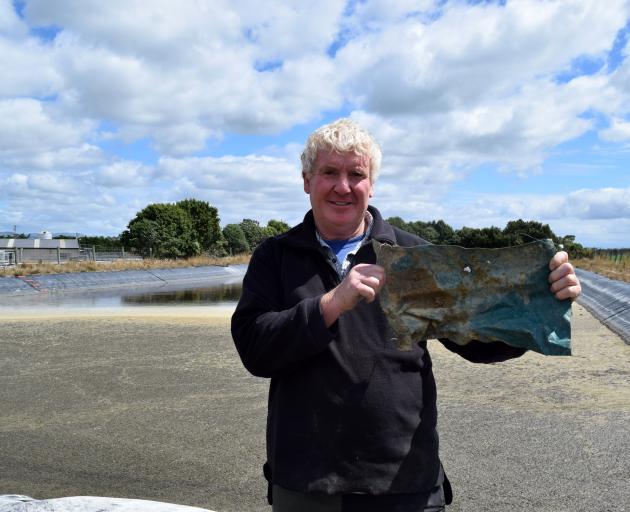
DairyNZ South Otago extension partner Gareth Baynham said the tour was designed to showcase a range of options for storing animal effluent.
Most dairy farmers in Otago would need a consent to store and apply effluent.
The deadline to apply for a consent for storage between 11 days and 40 days in Otago is December 4 this year, he said.
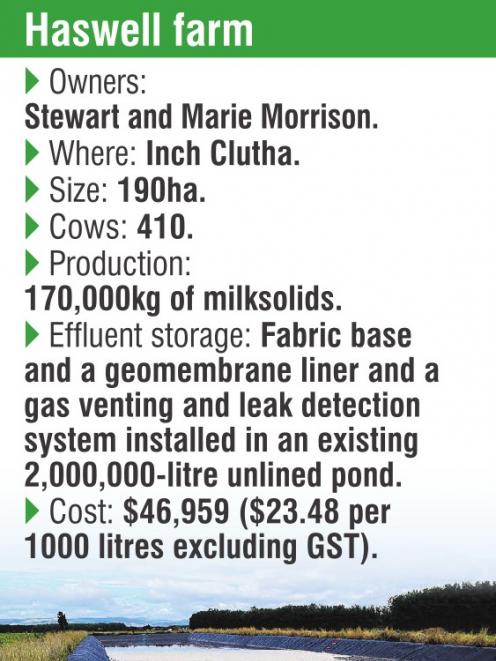
"With the change of government there is a bit of uncertainty around where some environmental regulations are going to land, but I think it is fair to say this one is set in stone and is very, very unlikely to move."
If a storage consent was granted, a consent was then needed to apply it.
Mr Morrison’s dairy farm, Haswell, at Inch Clutha, was the first stop on the tour.
The effluent storage facility on Haswell used to be a 2 million litre "dirt pond" with no lining, Mr Morrison said.
"With the new regulations coming in, we knew we had to do something."
He emptied the pond after Dairy Green Ltd agriculture engineering consultant Quinton Scandrett deemed it suitable for lining.
"That surprised me because I thought there would be too much gas in it," Mr Morrison said.
An umbilical effluent system was used to drain the dirt pond and diggers were used to scrape out effluent and apply on the farm with a muck spreader.
"It only took a couple of days."
He had expected the dirt pond to be leaking somewhere but there was no sign it was and the dirt underneath was clean.
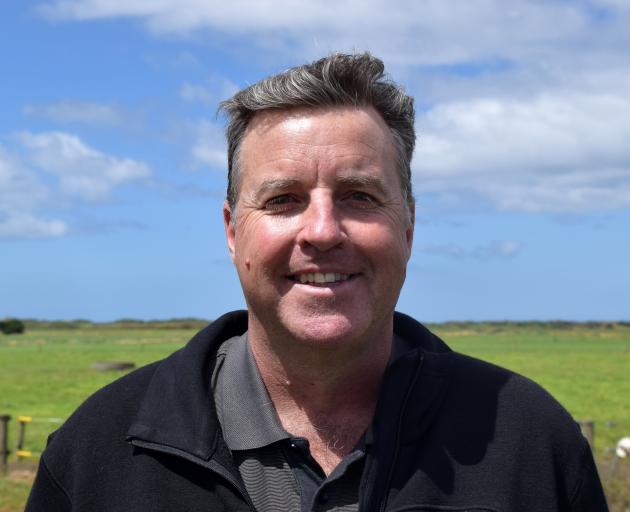
The diggers were used to reshape the banks and the pond was lined with a fabric base and an I. S. Dam Liner.
A gas venting and leak detection system was installed, including double thickness liner where the umbilical was attached.
The project took about 12 months. He contacted Mr Scandrett in the middle of 2022, decided on a strategy and relined the pond in autum last year.

The cost breakdown does not include an allowance for Mr Morrison’s time and machinery, which he estimated would cost about $3000, he said.
The Otago Regional Council consents for storage and application were issued in June last year.
For the second job, Dairy Green Ltd replaced a "brittle" liner with a thicker one on his 4 million litre effluent pond on Kilfinan farm, Mr Morrison said.
The original liner gave him the "heebie-jeebies" as it had become thin, he said.
Now the Kilfinan pond had a much thicker and more robust liner, the same as the pond on Haswell, incorporating the same leak detection and gas venting system as Haswell, including double thickness where the umbilical was used.
Key messages from upgrading the ponds was to do your due diligence and to find someone practical and knowledgeable to do the work.
He now had a 10-year consent to store effluent in both ponds and the peace of mind and confidence that his system was robust.


